
Sarah Amiri, deputy project manager of a planned United Arab Emirates Mars mission talks about the project named "Hope"
Credit: AP
A tense half-hour on Tuesday will determine the fate of the United Arab Emirates’ "Hope" probe to Mars, as the Arab world’s first space mission carries out a tricky manoeuvre to enter the Red Planet’s orbit.
If successful, the probe which is designed to reveal the secrets of Martian weather, will become the first of three spacecraft to arrive at the Red Planet this month.
The United Arab Emirates, China and the United States all launched missions last July, taking advantage of a period when the Earth and Mars are nearest.
The venture marks the 50th anniversary of the unification of the UAE’s seven emirates.
Landmarks across the Gulf state have been lit up in red at night and government accounts emblazoned with the #ArabstoMars hashtag.
Hope will begin a 27-minute "burn" at 15.30 GMT to slow itself enough to be pulled in by Martian gravity, in what Emirati officials say is the most challenging part of the mission.
UAE: Hope orbiter
It will rotate and fire all six of its powerful thrusters to dramatically slow its average cruising speed of 121,000 kilometres (75,000 miles) per hour to about 18,000 kph.
With an 11-minute communications lag — the time it takes for a signal to travel back to Earth — the spacecraft must be highly autonomous.
"Twenty-seven blind minutes will determine the fate of seven years of work," Sarah Al-Amiri, chairwoman of the UAE Space Agency and minister of state for advanced technology, tweeted this week.
The "burn" will end at 15.57 GMT, and at 16.08 GMT the UAE will have its moment of truth.
If all goes well, Dubai’s needle-shaped Burj Khalifa, the world’s tallest tower, will be at the centre of a celebratory show.
"This project means a lot for the nation, for the whole region, and for the global scientific and space community," Omran Sharaf, the mission’s project manager, said.
"It’s not about reaching Mars, it’s a tool for a much bigger objective. The government wanted to see a big shift in the mindset of Emirati youth… to expedite the creation of an advanced science and technology sector in the UAE."

An illustration provided by Mohammed Bin Rashid Space Centre depicts the United Arab Emirates' Hope Mars probe
Credit: Alexander McNabb /Mohammed bin Rashid Space Centre
While the probe is designed to provide a comprehensive image of the planet’s weather dynamics, it is also a step towards a much more ambitious goal — building a human settlement on Mars within 100 years.
Apart from cementing its status as a key regional player, the UAE also wants the project to serve as a source of inspiration for Arab youth, in a region too often wracked by sectarian conflicts and economic crises.
"The probe has a 50 per cent success rate in entering Mars’ orbit, but we achieved 90 percent of our goals in building new knowledge," Sheikh Mohammed bin Rashid Al-Maktoum, UAE prime minister and Dubai’s ruler, wrote on Twitter earlier this month.
Unlike the other two Mars ventures, China’s Tianwen-1 and Mars 2020 from the United States, the UAE’s probe will not land on the Red Planet.
Hope will use three scientific instruments to monitor the planet’s atmosphere, and is expected to begin transmitting data back to Earth in September 2021, to be made available to scientists around the world.





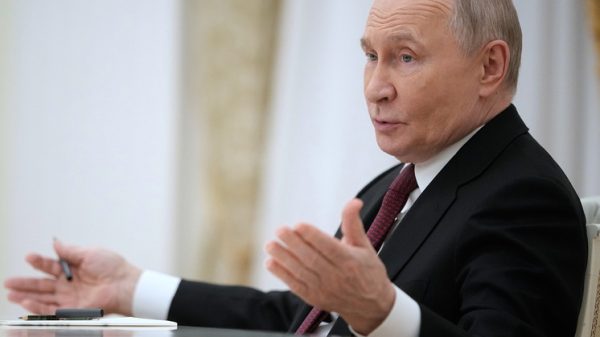

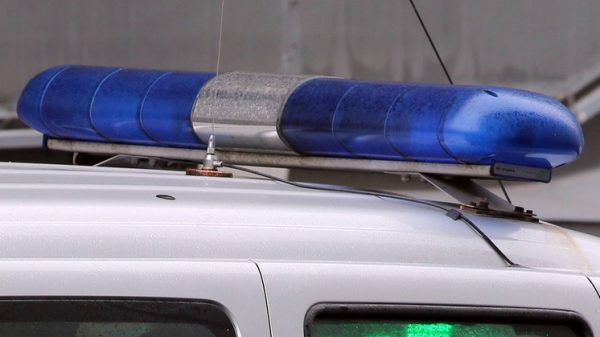




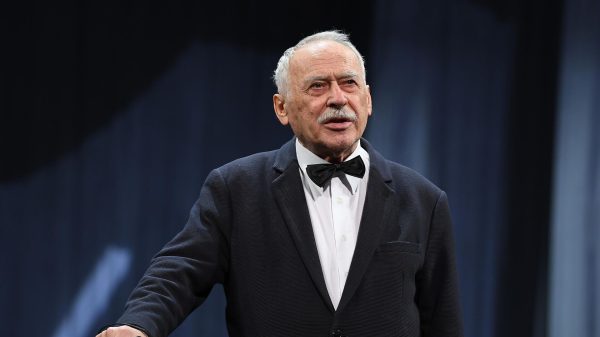
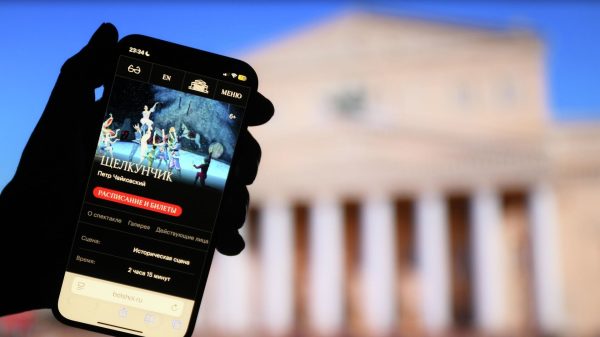

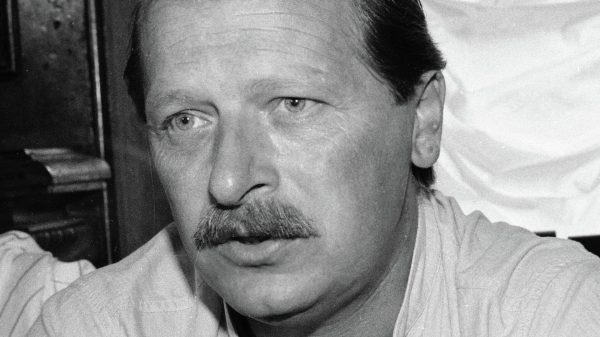


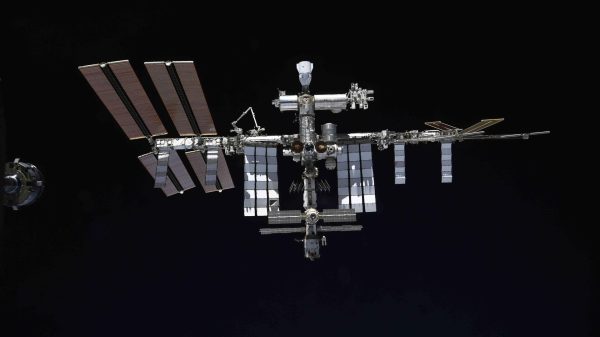
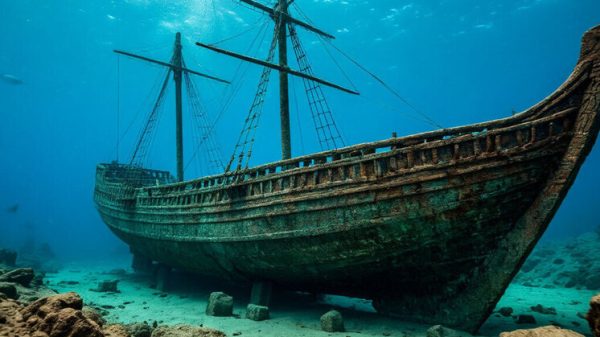

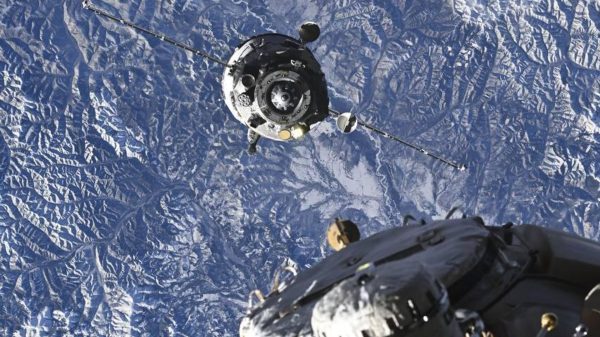















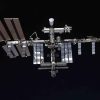




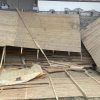








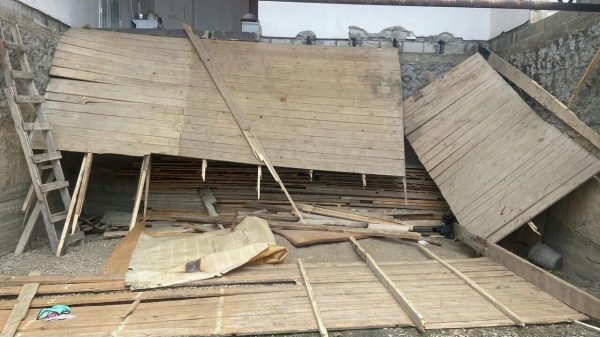
Свежие комментарии